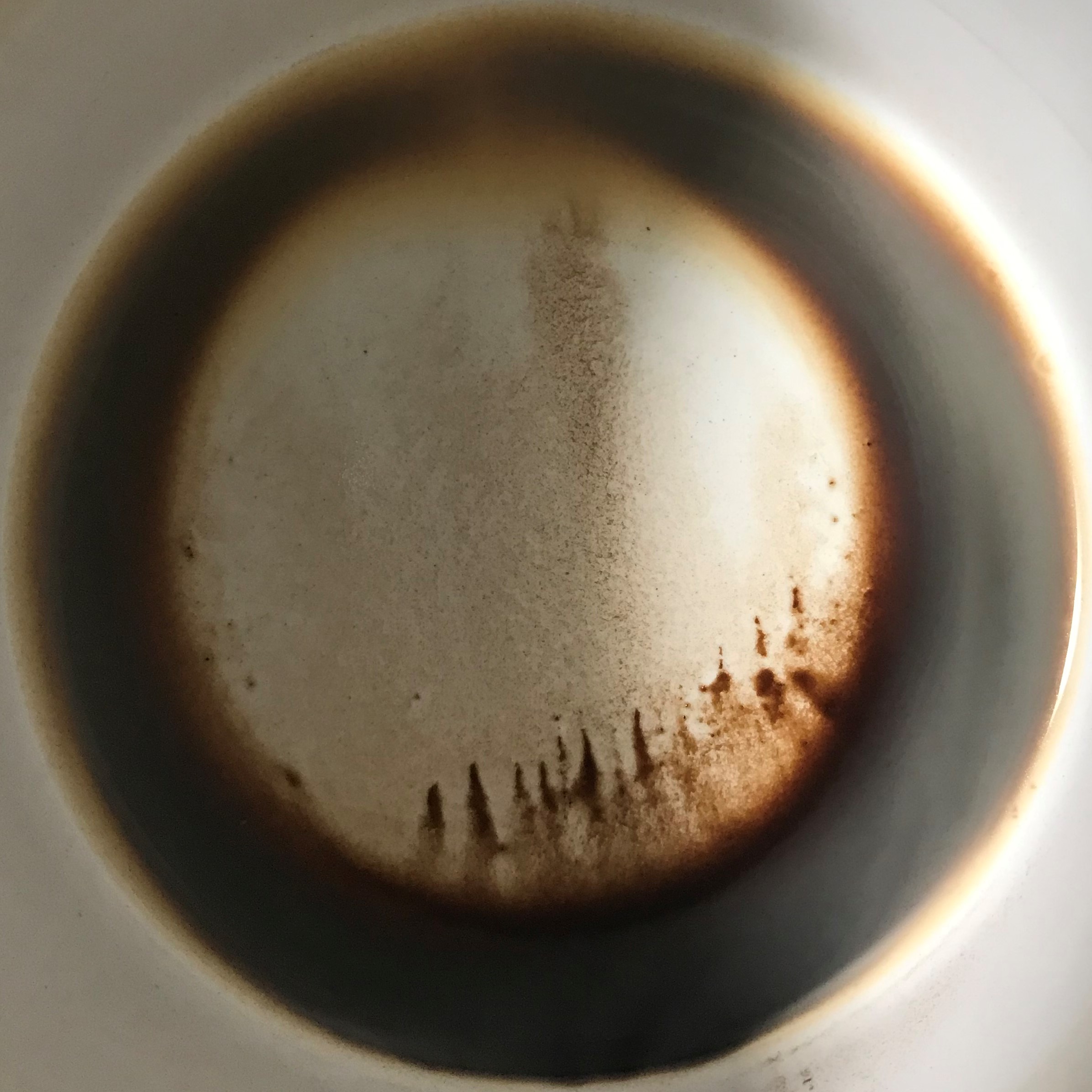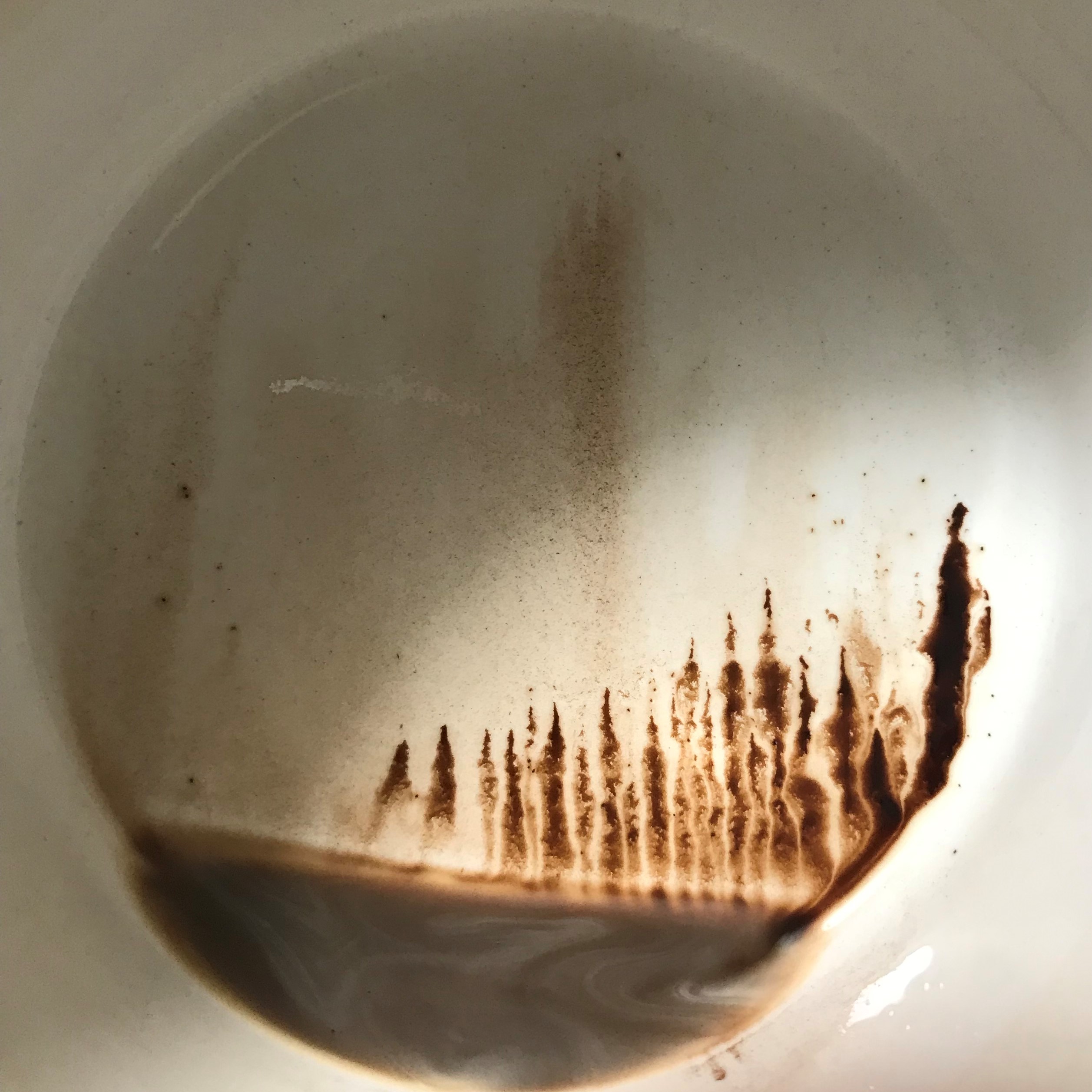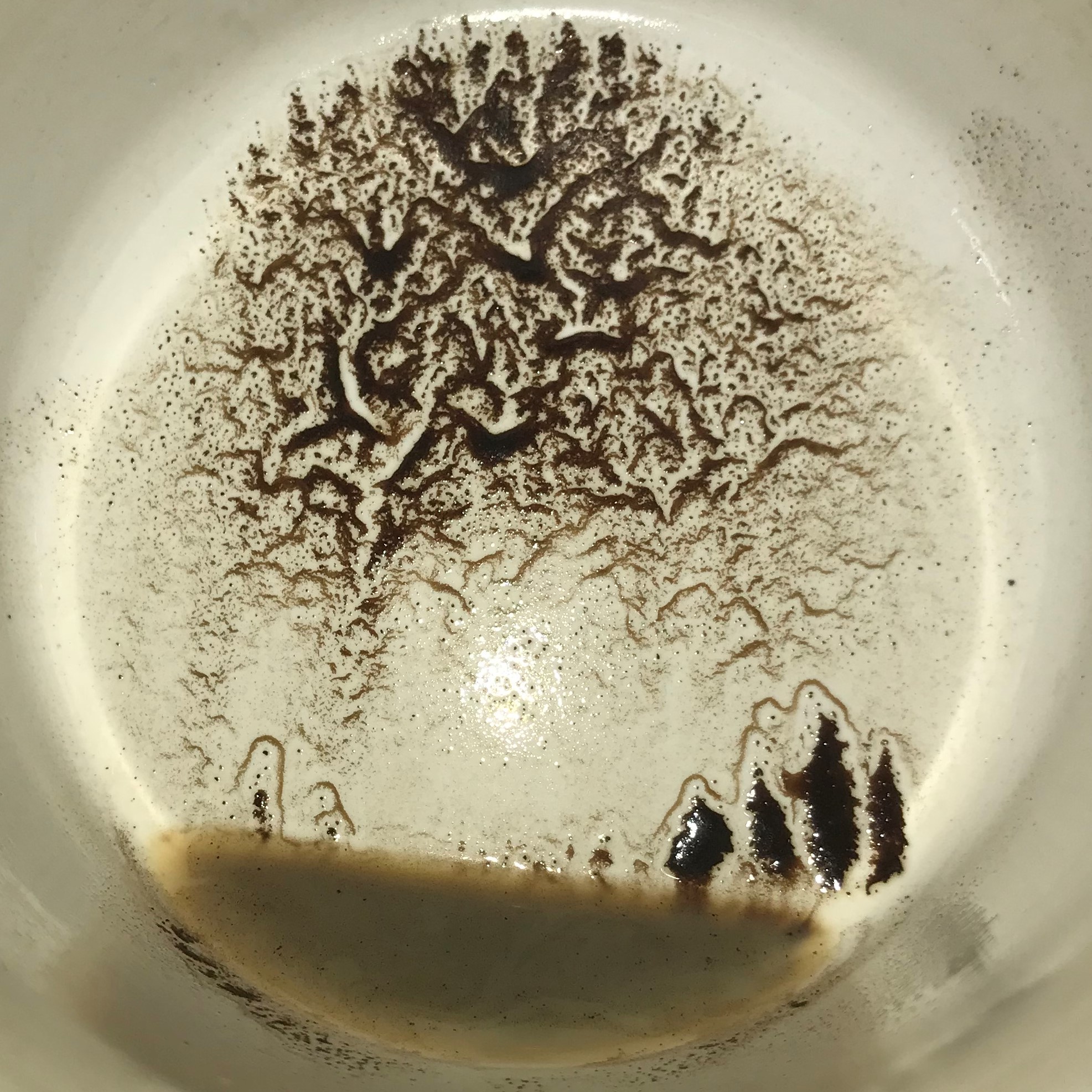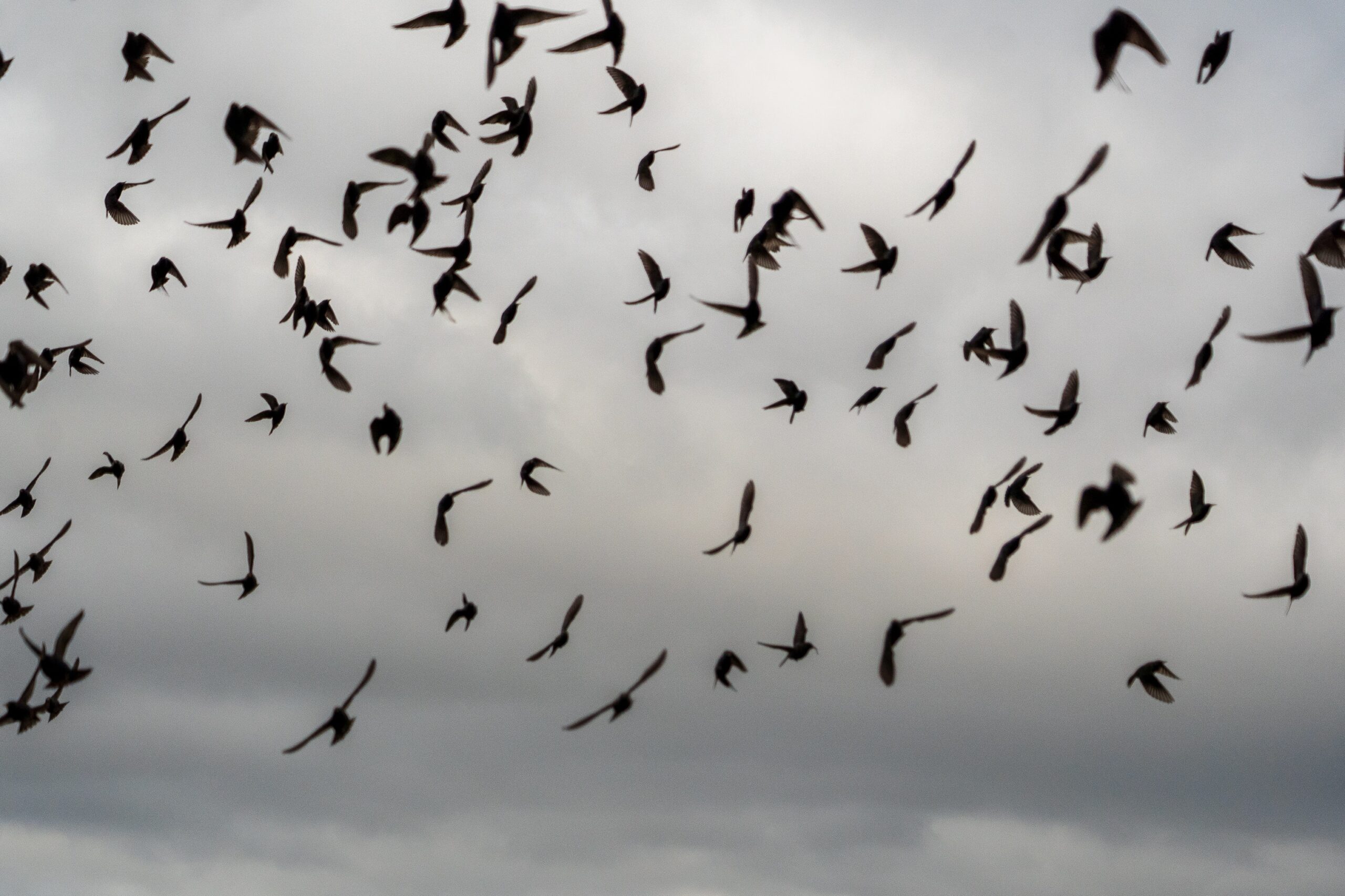We are now several weeks into Fall 2022. October has a feel to it: the mornings are cooler, the cicadas are long gone, bats are turning up inside warm, cozy buildings, and the last of the butterflies are making their way through to their winter homes. It is magical and also bittersweet, shades of life and death in one space. Finally, we have some relief from the heat, but we know what’s coming afterwards.
I’ve already begun pulling up flowers in the garden in front of the apartment. Hot, humid summer brought cucumber beetles that had a had a taste for my pink and white cosmos. And powdery mildew appeared on everything. Overnight temperatures have already begun to dip below freezing and everything will have to come up. That’s okay. Do it in batches, and it’s not such a chore. I’ll keep the flowers that are still blooming until the butterflies are gone.
Here’s an overview of the creatures I observed in the waning days of summer and the early days of fall.
Painted Lady Butterflies
The painted ladies finally came in late August. By late September, they were everywhere. Mid-October, they are still everywhere. There are also a fair number of monarchs, which is also heartening to see. I wrote about seeing monarch butterflies in a previous post. Last year, I was sad to see so few of them. I wrote about how they appeared in great numbers in the summer and fall of 2017, the year my grandmother passed away. They will have always have a special place in my heart for that reason: they are a comforting sight.





Lesser-Known Butterflies
When I started looking closer at the tiny winged creatures hanging about the cosmos and zinnias, I was amazed. Now, I am never without my camera-phone. In the gallery below from top left to right are the fruits of my labors: the variegated fritillary, the common sootywing, the gray hairstreak, the checkered skipper; bottom left to right: the pearl crescent (skipper), the common buckeye, the silver-spotted skipper, and the fiery skipper. The pearl crescent was a find from 2021. I spotted the common fritillary in downtown Grand Island, NE. The sootywing, hairstreak, checkered skipper, and pearl crescent were in my garden. The buckeye was on the UNL campus next to the Sheldon Art Museum. The silver spotted skipper was at the Governor’s Residence. The fiery skipper was enjoying a red zinnia at home.








Mantids, Spiders, Bees, and Damsels
Of course, in looking closer, I’ve been a witness to a darker side. Amidst the butterflies, damsel flies, and the bees I discovered beetles, mantids and spiders, all eating, mating and dying in one small space. There’s a reason the images below are small–easier to look away from the one on the right. Believe me, that cucumber beetle had it coming. It and its entire family destroyed my flowers this summer.




The most interesting discovery was a praying mantis. There are three types of praying mantis in the United States: the ground mantis, the Carolina mantis (measuring at no more than 3 inches long), and the Chinese mantis. The latter is a giant bug, about the length of my hand from the tip of my middle finger to my wrist. The Chinese mantis is unmistakable. They are like small aliens, turning their heads to stare soullessly at any human who comes to ogle. They also engage in cannibalism; the female usually eats the male after or during mating. The mantis below was in residence in my garden for almost a month. She started out with a boyfriend, who later disappeared, most likely consumed. She then soullessly devoured a grasshopper, among other things. I called her Grenda, imagining Grendel’s mother, from Beowulf.
Grenda vacated her prime hunting grounds once the overnight temperature started to drop into the 40s and 50s. Or perhaps she was tired of me stopping by her chosen cosmos stalk several times a day to make conversation…
Sphinx Moth
Late summer and early fall is also the time when I begin to see white-lined sphinx moths. I found the moths below in 2021, but they are definitely no strangers to gardens this year. On the left, are two sphinx moths mating. They were locked together for about 48 hours. No joke. The video on the bottom has been slowed down to show how a sphinx moth moves. Otherwise, they’re a magical blur. Fun fact: I had assumed last year that these were hummingbird hawk moths, but the Google said otherwise.


I hope you enjoyed this photographic collection of butterflies and other garden creatures. I’ve found it is endlessly fascinating to pause and look closely at the world instead of zipping right by. A glance doesn’t offer much detail or reason to wonder. Let me know what you think in the comments!
🦋






I think you are missing your calling in the botanical world. Are there public botanical gardens in Lincoln? There is a wonderful one in Worcester and also a wonderful butterfly place in Westford ( I think I have the right town ). Have you assembled your photos into a book form ?
Hope life is going well for you. Love Linda
I always enjoy reading your writings. You have a wonderful way with words. Always keep writing Jillian!